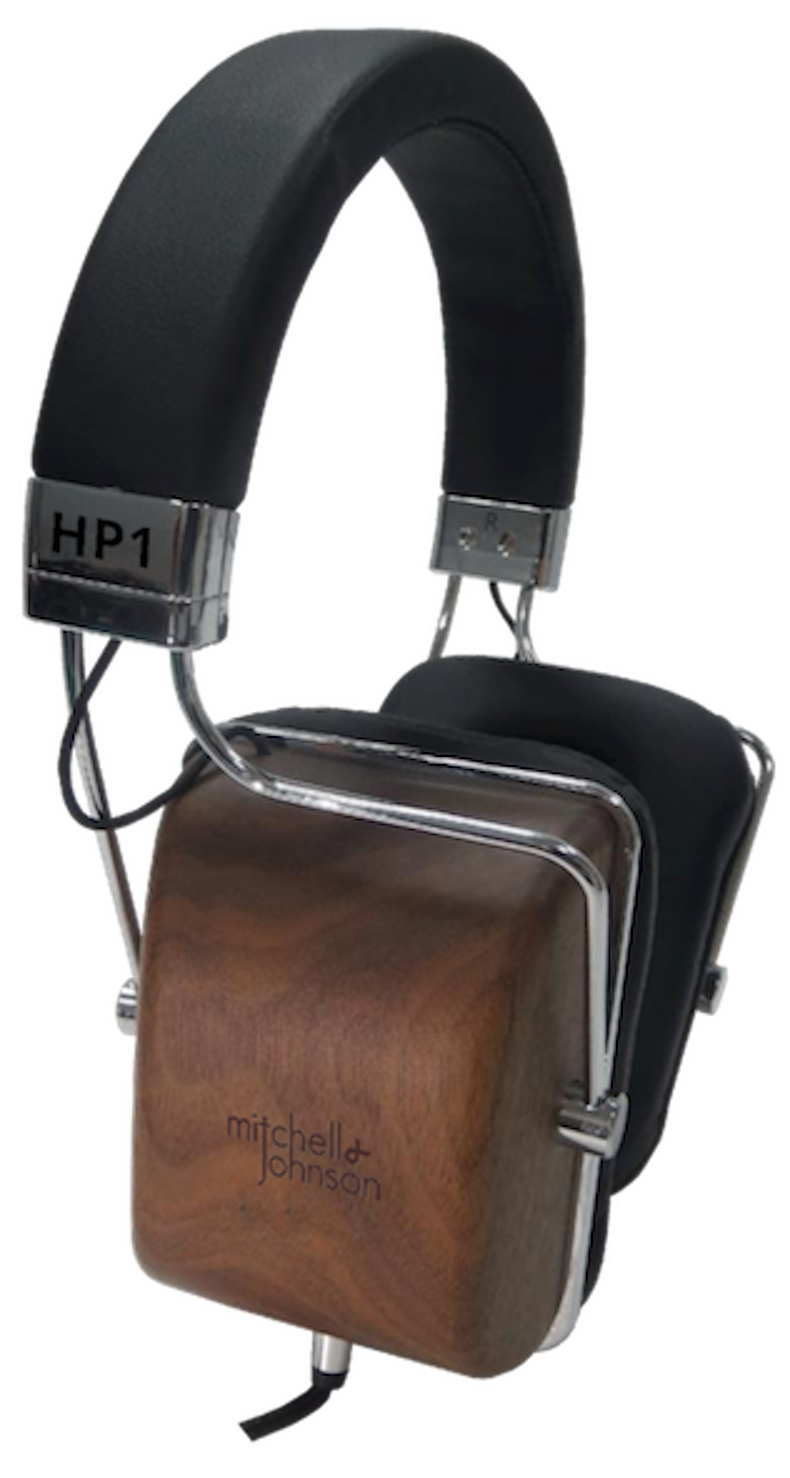New Mitchell and Johnson headphone range adopts Electrostatz tech
Mitchell and Johnson signs exclusive deal to license Electrostatz tech in its new 2016 headphone range.

British hi-fi specialist Mitchell and Johnson has announced that its forthcoming headphone range will use self-biasing electrostatic technology developed at the Industrial Technology Research Institute (ITRI) in Taiwan.
Called Electrostatz, the tech uses a super-thin and lightweight flexible transducer, with thousands of micro perforations, to produce sound waves when an audio signal is applied to the driver - in much the same way as a traditional electrostatic driver, but without the need for an external high-voltage power supply.
This overcomes the two major disadvantages of current electrostatic headphones, namely high cost and lack of portability, according to Mitchell and Johnson.
Electrostatz can produce high frequency sounds up to 45kHz, "without the distortion found in traditional headphones", the company claims. A conventional bass driver is combined with the 40mm Electrostatz unit in a hybrid design.
During the first half of 2016 Mitchell and Johnson will introduce a range of headphone designs aimed at urban users, hi-fi enthusiasts, DJs and professional studio engineers. Prices will range from $170-$800.
Paul Mitchell, the company's CEO, says: "Electrostatz represents the single biggest development in headphone driver design for many years. And by combining it with a dynamic driver in our hybrid module we can bring the best of both worlds - electrostatic purity and dynamic power and bass performance - to consumers."
Pictured above is the Mitchell and Johnson HP1 model which is likely to sell for around $499. There will be four additional ranges: a premium design for use with smartphones ($299); an audiophile hi-fi range from £599; a studio pro/DJ range from $599; and a smaller DJ range from $499.
Get the What Hi-Fi? Newsletter
The latest hi-fi, home cinema and tech news, reviews, buying advice and deals, direct to your inbox.
MORE: Best headphones 2016
Andy is Global Brand Director of What Hi-Fi? and has been a technology journalist for 30 years. During that time he has covered everything from VHS and Betamax, MiniDisc and DCC to CDi, Laserdisc and 3D TV, and any number of other formats that have come and gone. He loves nothing better than a good old format war. Andy edited several hi-fi and home cinema magazines before relaunching whathifi.com in 2008 and helping turn it into the global success it is today. When not listening to music or watching TV, he spends far too much of his time reading about cars he can't afford to buy.

